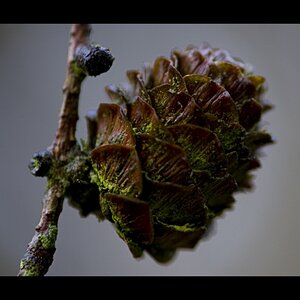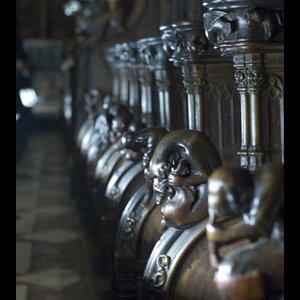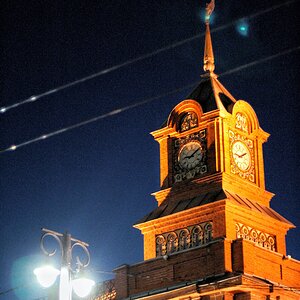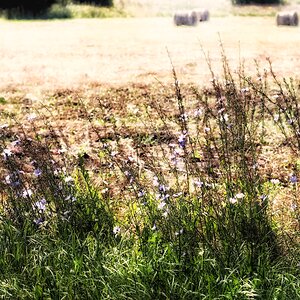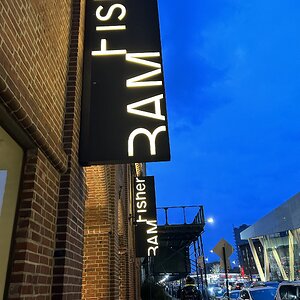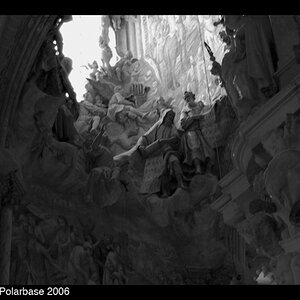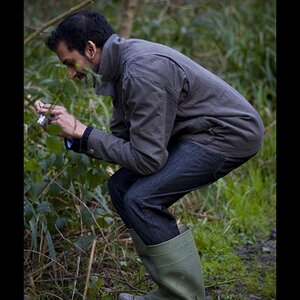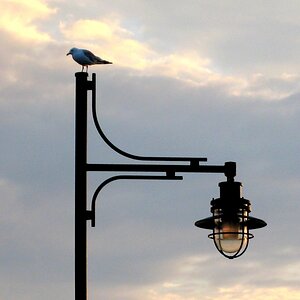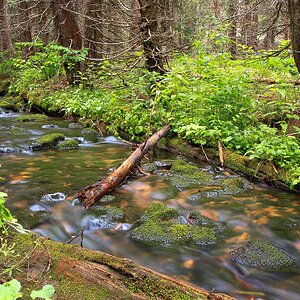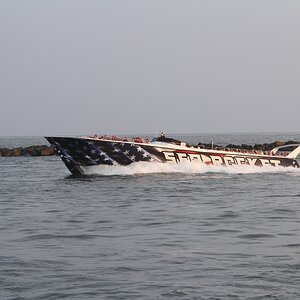I have a few friends who do welding/fabrication/blacksmithing work restoring gates/fences/railings for historical mansions and other buildings, and Id like to do a series on them working. Id be capturing things like red/white-hot glowing metal, sparks flying, cutting torches, and welding. Aside from the obvious of avoiding sparks and such, I'm concerned about the lense and/or camera sensor being damaged by the welding arc.
Supposedly looking at the arc is way worse than staring at the sun. He said 15-20 feet back is fine, you won't risk getting "flashburn" (where the surface of your eye blisters from the intensity of the arc) if you happen to look at it. Would this apply to the camera as well? My plan for capturing the welding, and the grinding, was to setup with a tripod further back and zoom it to be far enough away from sparks (good way to destroy a glass lense, have a piece of molten metal land on it), but if I zoom in on the arc, is this the same as standing up close to it in terms of intensity the lense/sensor absorbs? These wouldn't be long exposure shots, I'd want fast shutter speed to capture the actual arc. Grinding pictures may be both because they'd look cool either frozen or blurred.
Should I be using any filters for this type of work? Also any tips/tricks for cool captures would be appreciated as well.
I'm using a Nikon d5500 and have a 18-140 and a Tamron 70-300 macro lense. I have UV filters for both but that's it in my filter repertoire haha. Also they're both different filter sizes, 62 and 67 respectively. Are "universal" filters a thing? Other lenses I'm looking into investing in are also different sizes than those and each other, so having 4+ different filter sizes for each filter type could get pretty expensive/annoying. Comes with the territory I guess, but still, a universal solution would be cool haha.
Thanks.
Supposedly looking at the arc is way worse than staring at the sun. He said 15-20 feet back is fine, you won't risk getting "flashburn" (where the surface of your eye blisters from the intensity of the arc) if you happen to look at it. Would this apply to the camera as well? My plan for capturing the welding, and the grinding, was to setup with a tripod further back and zoom it to be far enough away from sparks (good way to destroy a glass lense, have a piece of molten metal land on it), but if I zoom in on the arc, is this the same as standing up close to it in terms of intensity the lense/sensor absorbs? These wouldn't be long exposure shots, I'd want fast shutter speed to capture the actual arc. Grinding pictures may be both because they'd look cool either frozen or blurred.
Should I be using any filters for this type of work? Also any tips/tricks for cool captures would be appreciated as well.
I'm using a Nikon d5500 and have a 18-140 and a Tamron 70-300 macro lense. I have UV filters for both but that's it in my filter repertoire haha. Also they're both different filter sizes, 62 and 67 respectively. Are "universal" filters a thing? Other lenses I'm looking into investing in are also different sizes than those and each other, so having 4+ different filter sizes for each filter type could get pretty expensive/annoying. Comes with the territory I guess, but still, a universal solution would be cool haha.
Thanks.


 cmw3_d40_1484.jpg
cmw3_d40_1484.jpg